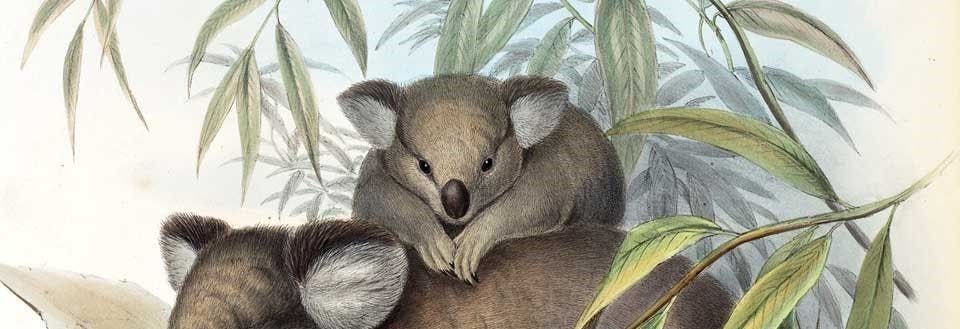Selby, Prideaux John (1788-1867).
The Natural History of Pigeons. Edinburgh: W. H. Lizars...; S. Highley..., London; and W. Curry Jun. & co., Dublin, 1835.
After putting the barnacles to bed, Darwin’s interests turned to the breeding of domestic animals. He planned to begin his future book with a study of “variation under domestication,” because it is a subject most people understand, or think they do, and because animal breeders practice a form of selection in generating new forms, although it is a kind of artificial selection. Darwin read a number of breeders’ manuals, but he also did some first-hand breeding of his own, with pigeons. Many Victorian gentlemen and ladies kept pigeons, and breeders had produced a number of exotic forms, which included Pouters that could puff out their crops, Fantails that could spread their tail feathers like turkeys, and Tumblers that actually rolled over in flight. Darwin suspected that all these varieties were descendants of the common rock pigeon, and that breeders simply selected variants with unusual characteristics and crossed them, with the desired traits passing to the next generation, when they would be again subjected to the breeders’ selective eye.
Darwin ending up writing a very large manuscript on the subject, called the “Big Book,” and would likely have kept working on it for many years; fortunately, he was rudely interrupted by a letter from Alfred Russel Wallace.

